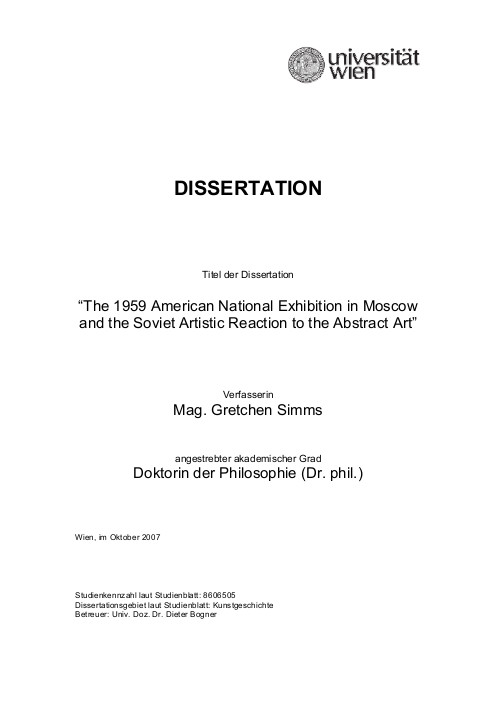A Peer-Reviewed Journal About, 7(1): Research Values (2018)
Filed under journal | Tags: · algorithm, biometrics, cultural politics, database, environment, knowledge, research, value

“There is value and there are values. There is the measure of wealth, metrified and calculated in numerous ways, and there are ideas, ethics, preferences of taste, and customs of ideology. […] But what really happens when the two are conflated? How do we understand how the values associated with something give it value; or, how giving something a value affords certain values? And, in what ways are the conflations of value and values tied to the circulation of value and values in contemporary technical infrastructures? […] The articles published in this issue interrogate value and values in ways that respond to techno-cultural shifts and embrace the range of economies that pervade digital culture.” (from Introduction)
Contributions by Pip Thornton, Luke Munn, Mitra Azar, Lea Laura Michelsen, Francis Hunger, César Escudero Andaluz & Martín Nadal, Maria Eriksson, Dionysia Mylonaki & Panagiotis Tigas, Marc Garrett, Ashley Lee Wong, Konstanze Scheidt, Calum Bowden, and Tega Brain.
Edited by Christian Ulrik Andersen and Geoff Cox
Publisher DARC, Aarhus University, Aarhus, July 2018
Creative Commons Attribution-NonCommercial-ShareAlike License
ISSN 2245-7755
166 pages
HTML, PDFs
PDFs (added on 2019-9-27)
PDF (7 MB, added on 2019-9-27)
Gretchen Simms: The 1959 American National Exhibition in Moscow and the Soviet Artistic Reaction to the Abstract Art (2007)
Filed under thesis | Tags: · abstract art, abstract expressionism, art history, cold war, cultural politics, politics, soviet union, united states

“The American National Exhibition was an exchange exhibition organised by the United States Information Agency (USIA) and took place at Sokolniki Grounds in Moscow in 1959. The overall director George V. Allen and the Association of Federated Artists (AFA) Vice President Lloyd Goodrich, who was also President of the Whitney Museum of American Art in New York, were responsible for the art section of the Exhibition. The art committee selected, intended to show the Soviet public the developments in modern American art since World War I.
The Soviet response to the Exhibition can only be fully appreciated by looking back at the developments within Russian and Soviet art as well as the political and social changes which the peoples in the Soviet Union experienced under Khrushchev. Through the analysis of the Soviet reception of the Exhibition, this dissertation shows how the Soviet public and especially the artworld in Moscow perceived specifically the American abstract art.
It reveals how the American abstract art displayed at the Exhibition facilitated the Soviet artists path in looking back at their Russian roots, looking within themselves and looking outside of their immediate boundaries in order to create new Soviet art.” (from the Abstract)
Art History, University of Vienna
Supervisor Dieter Bogner
191 pages
Siegfried Kracauer: The Mass Ornament: Weimar Essays (1963/1995)
Filed under book | Tags: · 1920s, 1930s, cinema, cultural criticism, cultural politics, dance, everyday, film theory, germany, literature, photography, weimar republic

“Siegfried Kracauer was one of the twentieth century’s most brilliant cultural critics, a daring and prolific scholar, and an incisive theorist of film. In this volume his finest writings on modern society make their long-awaited appearance in English.
This book is a celebration of the masses–their tastes, amusements, and everyday lives. Taking up themes of modernity, such as isolation and alienation, urban culture, and the relation between the group and the individual, Kracauer explores a kaleidoscope of topics: shopping arcades, the cinema, bestsellers and their readers, photography, dance, hotel lobbies, Kafka, the Bible, and boredom. For Kracauer, the most revelatory facets of modern life in the West lie on the surface, in the ephemeral and the marginal. Of special fascination to him is the United States, where he eventually settled after fleeing Germany and whose culture he sees as defined almost exclusively by “the ostentatious display of surface.”
With these essays, written in the 1920s and early 1930s and edited by the author in 1963, Kracauer was the first to demonstrate that studying the everyday world of the masses can bring great rewards. The Mass Ornament today remains a refreshing tribute to popular culture, and its impressively interdisciplinary essays continue to shed light not only on Kracauer’s later work but also on the ideas of the Frankfurt School, the genealogy of film theory and cultural studies, Weimar cultural politics, and, not least, the exigencies of intellectual exile.
In his introduction, Thomas Levin situates Kracauer in a turbulent age, illuminates the forces that influenced him–including his friendships with Walter Benjamin, Theodor Adorno, and other Weimar intellectuals–and provides the context necessary for understanding his ideas. Until now, Kracauer has been known primarily for his writings on the cinema. This volume brings us the full scope of his gifts as one of the most wide-ranging and penetrating interpreters of modern life.”
Originally published in German as Das Ornament der Masse: Essays, Suhrkamp Verlag, 1963
Translated, Edited, and with an Introduction by Thomas Y. Levin
Publisher Harvard University Press, 1995
ISBN 0674551621
416 pages

